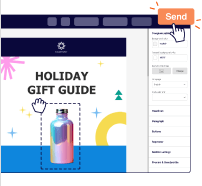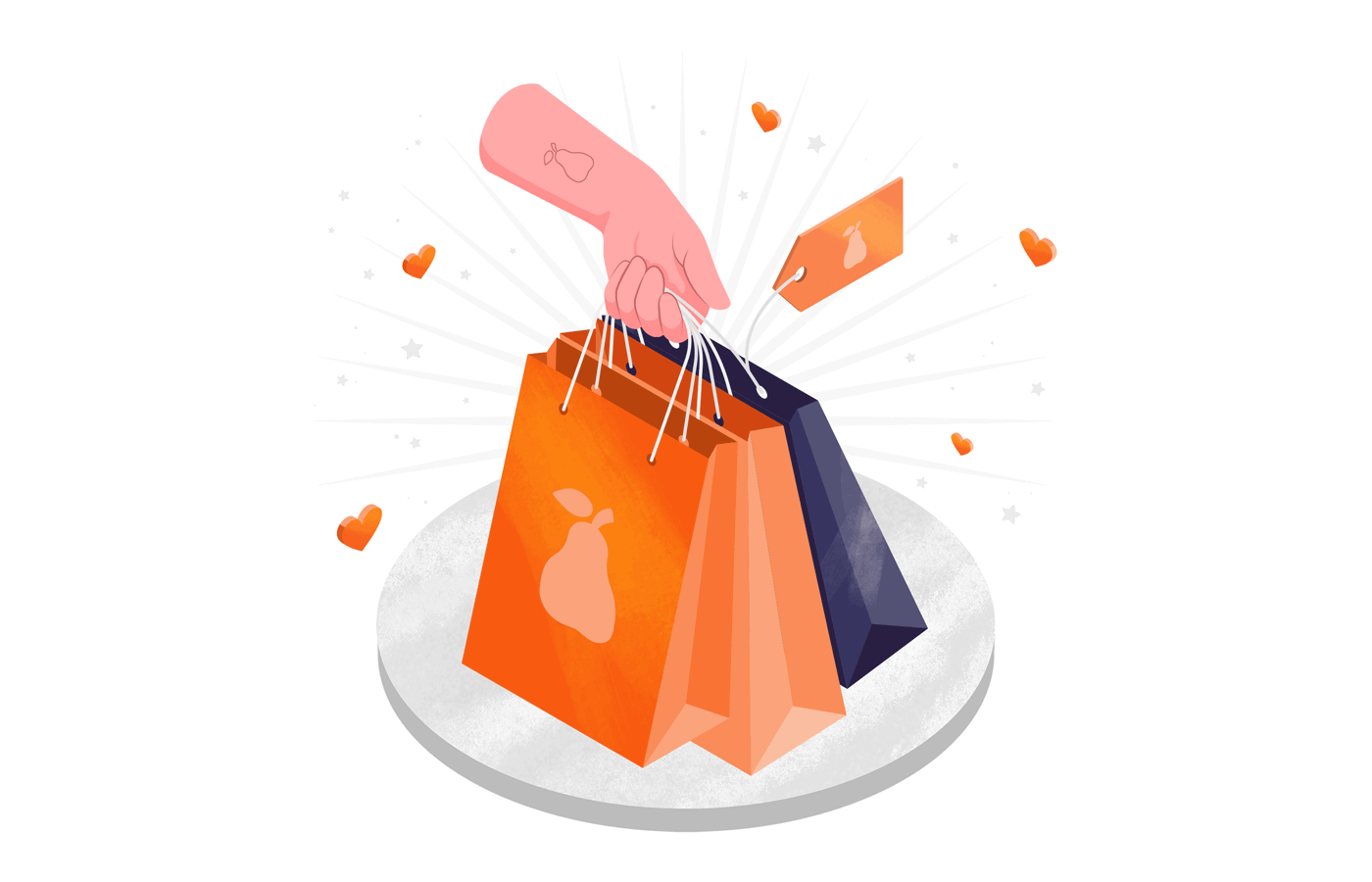Statistics by Sellcell show that Apple’s brand loyalty reached an all-time high of 92% in 2021. The brand has such loyal customers that no one or nothing can persuade them to go elsewhere.
The tech company appeals to customers who value creativity, innovation, and minimalism. And it has maintained its brand identity since its origins in the late ’70s. That’s probably why it has such loyal customers.
That said, building brand loyalty is a concept that feels like lightning in a bottle — so hard to achieve. You can’t force it but can only earn it.
This article will dive into brand loyalty and how your business can use it to connect with your target audience.
What is Brand Loyalty in Marketing?
Brand loyalty is when a consumer chooses to repeatedly buy a product produced by the same company despite competitors’ efforts to entice them. For example, some customers will always buy Pepsi while others will buy Coke every time.
Brand loyalty is often based on perception. Customers will consistently buy the same product since they perceive it as superior to other available products.
For instance, when was the last time you searched for something using a search engine besides Google? For me, I can’t recall.
And it’s not that the user experience or interface is wildly different on other search engines. Google has built this loyalty from online users, making it the number one search engine globally.
Brand Loyalty Statistics
74% of consumers* feel loyal to a specific company, and 52% of these customers go out of their way to purchase from their favorite brands.
Here are more statistics showing how brand loyalty can help you in customer acquisition strategies and increase repeat purchases.
Latest Customer Loyalty Statistics
60% of professionals* say their companies have invested money in a customer engagement solution (CES) because customer expectations and behaviors are changing. A CES can be a platform like Sender that helps you manage your communications with existing customers by running email and SMS marketing campaigns.
62% of customers* who say they have a high level of trust in a brand buy products or services exclusively from that brand. In addition, 78% of consumers* stated they’re more inclined to buy from a brand repeatedly if it tailors its communications to their preferences.
This means you should understand what customers want and offer them products and services tailored to their individual needs.
Probably the most affordable way to increase brand loyalty is through email nurturing. Setting one up is easy and fast with a tool like Sender.
Oh, and it’s entirely free for up to 2,500 subscribers and 15,000 emails per month!
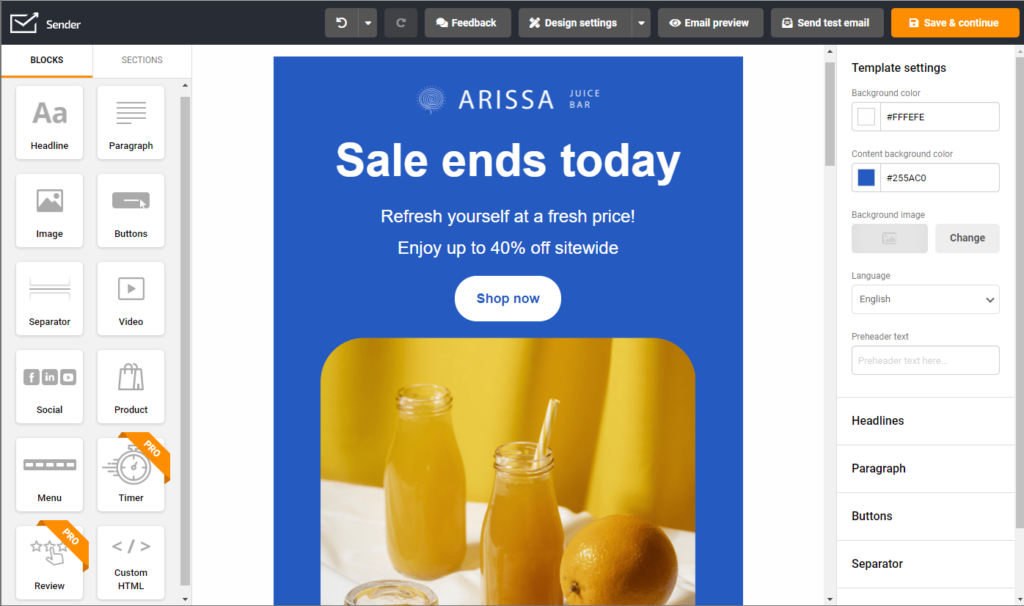
Customer Loyalty Program Stats
More than half (55.8%) of businesses* that run loyalty programs feel content with their program. They believe their rewards system boosts sales, brings in good returns on investment, and is well-liked by loyalty program members.
Also, around 62.1% of brands said their loyalty program was vital in keeping customers interested and involved, especially during the 2020 pandemic.
That said, a substantial 78.6% of those who already have a loyalty program stated that they’re likely or very likely to make significant improvements to their program within the next three years.
So be sure to track the number of users joining your brand’s loyalty program and apply customer feedback to improve it and attract new customers.
Customer Engagement Metrics
59% of customers* think that businesses should use the data they collect about them to make their experiences more personal.
In addition, about 62% of consumers believe personalized suggestions are superior to general ones. And 60% of them can recognize when they get customized recommendations and consider them valuable.
With that in mind, use email automation tools like Sender to create popup forms and send survey emails to collect customer data. Then, use that information to segment your audience and tailor your content and product offers to their preferences.
Customer Retention Statistics
60% of consumers often choose to buy from a specific brand instead of others because they typically expect better service from that brand.
However, almost 20% of U.S. and UK consumers* admit that they usually or always abandon a purchase when they experience poor customer service. As a result, 49% of these customers have stopped being loyal to a brand due to a negative customer experience in the past 12 months.
Because of this and the potential recession and inflation crisis, around 67.7% of businesses plan to significantly increase their investments in customer retention.
Customer Satisfaction Statistics
One in every 10 consumers expects a response in less than five minutes after contacting customer support. However, it’s essential to understand that speed is not the only factor.
The goal is to meet customers’ needs in as few interactions as possible. That’s why a negative interaction with a customer support agent can completely ruin the day of 66% of consumers.
Invest in automated systems that empower customer service agents to handle incoming queries swiftly, find answers, and prepare accurate responses.
Helpful support agents significantly impact the happiness of new and existing customers. For example, when customers rate an overall order experience 5 out of 5 stars, they’re more than twice as likely to make future purchases from your company compared to those with a lower rating of 1 or 2 stars.
Excellent customer interactions build a human connection that pays off in customer spending and loyalty.
Types of Brand Loyalty
Businesses will typically use different marketing strategies to build loyal customers through incentives such as gifts or loyalty programs.
Here are the different levels of brand loyalty:
1. Hard-Core Brand Loyalty
Hard-core brand loyal customers are enthusiastic about a particular brand and only associate with it positively. That means the consumer had an exceptional experience, and they remember the brand fondly.
For example, Apple exhibits hard-core customer loyalty when it releases a new iPhone.
Since many people associate the brand with high-quality status, loyal customers can easily convince others to buy the new iPhone.
If you’re fortunate to build brand loyalty like Apple, you should introduce a program to encourage your brand ambassadors to continue spreading the word about your business and appreciate them for their support.
2. Split-Customer Brand Loyalty
Split customers are loyal to more than one brand but limit their options to two or three brands.
You can quickly turn these consumers into hard-core customers by nudging them a bit. But converting them can be challenging since most of them are aware of other options.
An example of split loyals can include Delta Airlines, United Airlines, and American Airlines. Customer may have the best experiences traveling with Delta Airlines, but they can also have positive experiences with American Airlines and United Airlines. So, the customer will have no problems flying with any of the three airlines.
3. Shifting-Customer Brand Loyalty
Shifting loyal customers have a mix of hard-core and split loyalty.
Generally, such customers will buy their products from one brand for a certain period before switching their loyalty to another. They’ll then remain loyal to the second brand.
One example of shifting loyal customers can be the case of yogurt. Consumers may prefer to take a specific yogurt brand over an extended period, and they’ll be faithful to that yogurt taste. But after they’ve become used to it, they may attempt other brands.
Brand Loyalty vs. Customer Loyalty
The primary difference between brand loyalty and customer loyalty is pricing.
Pricing has a significant impact on customer loyalty but not on brand loyalty. Customers loyal to a brand will buy the company’s products regardless of the price.
Customer loyalty is all about what you can offer consumers regarding regular prices and money-saving offers. It relates to having lower prices than competitors or better discounts on specific products to encourage customers to make repeat purchases.
Here’s a summary of the key differences between brand and customer loyalty:
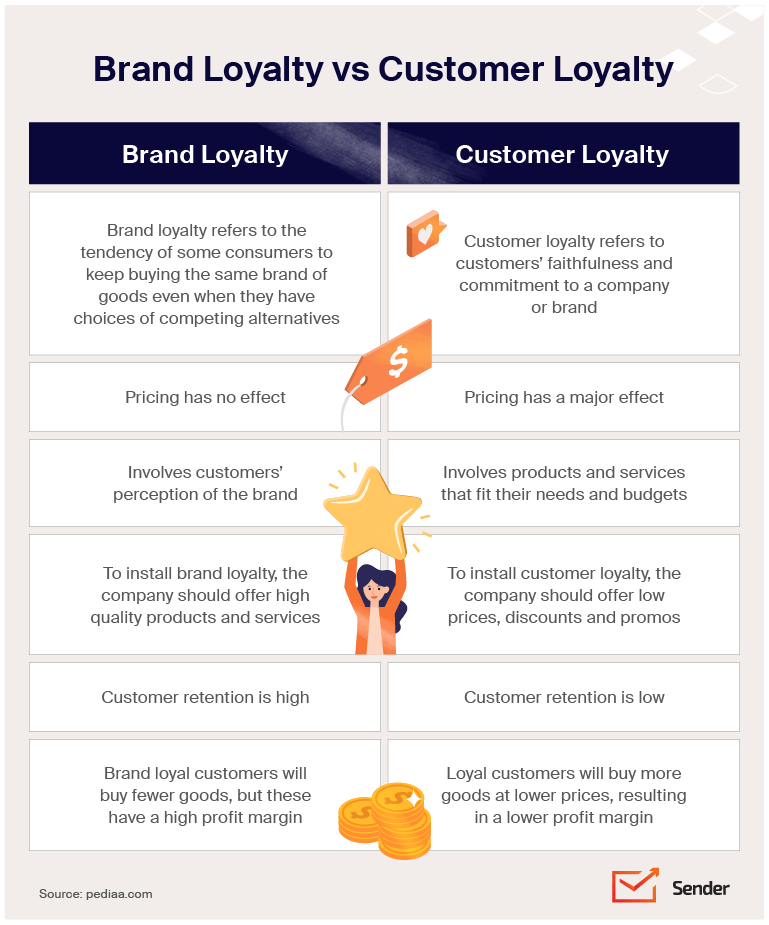
Also read: What Is a Repeat Customer? Definition, Formulas & Rates
Brand Loyalty Examples
Here are three examples of exceptional brand loyalty:
1. Coca-Cola

Unlike other beverage brands, Coca-Cola has perfected the art of creating memories to increase brand loyalty. People associate the drink with the ‘good old days’.
Even when launching a failed product like the New Coke, their customers are so loyal that they’ll return for more.
2. Starbucks
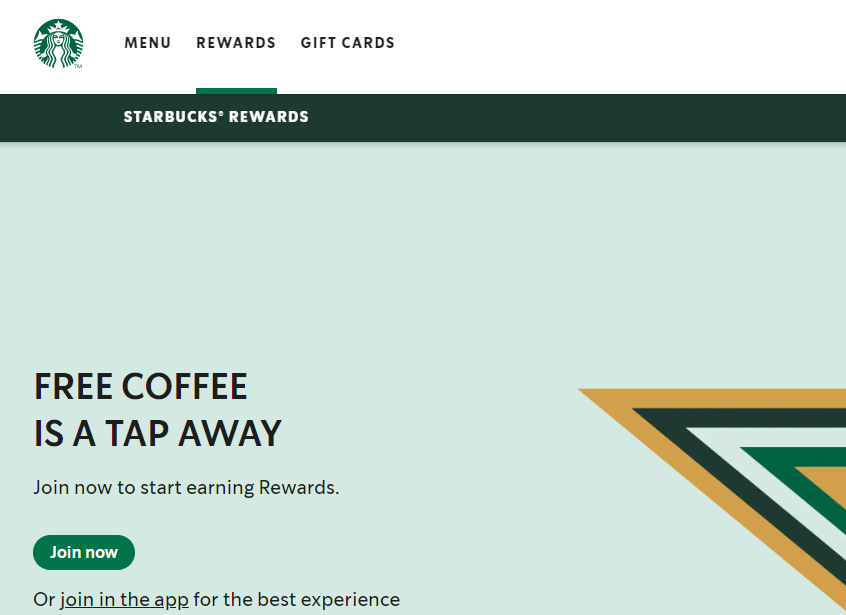
A cup of regular Starbucks coffee can cost four times more than coffee from a deli around the corner. But you’ll still see long lines in the Starbucks stores and drive-throughs.
Starbucks uses its rewards program to attract its customer base. As we’ll see later, it has one of the most effective brand loyalty programs where customers order through their phone app to save time, get discounts, and free refills on filter coffee after accumulating ‘stars.’
3. Nike

Nike has one of the most loyal customer bases in the world. This company excels at connecting with athletes who inspire their target audience.
For example, basketball superstar Michael Jordan was so famous that young athletes thought his shoes contributed to his success. As a result, dozens of other celebrities endorse Nike.
Their brand loyalty is based more on image than quality, making it one of the best examples of brand loyalty.
Building Brand Loyalty
You must offer a positive customer experience to create customer trust and build brand loyalty. An Edelman survey reports that 67% of customers say they need to trust the brand behind a service or product. It’s not enough to have a good reputation.
An analysis by 8 Ways Media also shows that it takes less than a second for a customer to form an opinion about your brand after viewing your website. So the way you present your business is crucial in influencing how connected customers feel to your brand.
With that in mind, here are some important strategies to help you build brand loyalty among your customers:
- Strive to produce high-quality products and stay consistent to prevent customers from returning to brands they know they can trust.
- Keep in touch with your target customers through social media and consistently inform them about any new developments in your company and future expectations.
- Establish your business with customers who are brand enthusiasts instead of trying to sell to everyone.
- Start a loyalty program to reward loyal customers with discounts and ensure excellent customer service for every repetitive purchase they make.
Best Loyalty Programs
Did you know that customer loyalty programs influence 69% of people to choose a specific business?
An effective rewards system is a must-have to ensure your customers stay loyal and increase revenue with repeat purchases.
That said, here are three loyalty programs worth looking at:
1. Starbucks Rewards Loyalty Program
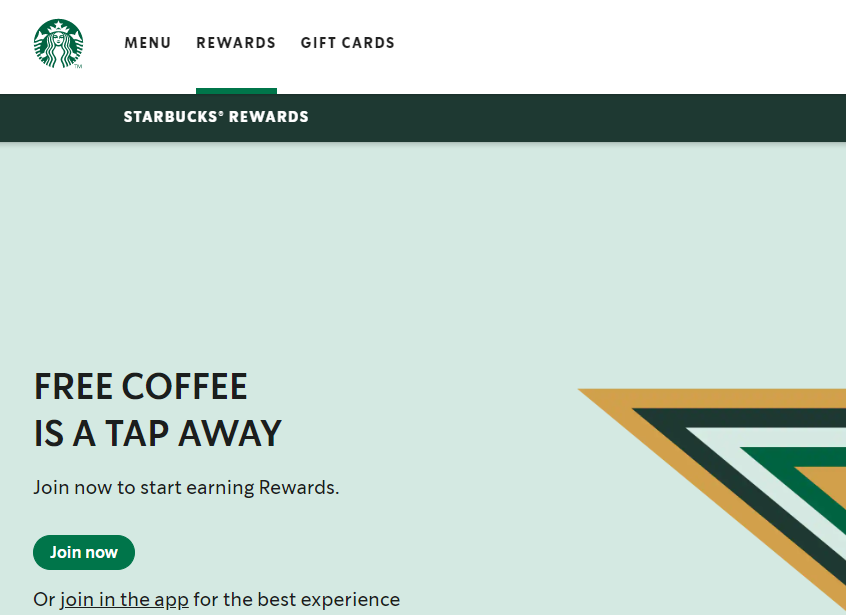
Starbucks Rewards program is among the best customer loyalty programs in the world.
Customers must use the mobile app to buy coffee and earn points (or stars). As a result, Starbucks collects a gold mine of customer behavior data by having many customers use the app to make purchases.
The data enables the brand to offer more relevant benefits to the customers.
2. Sephora Beauty Insider

Like Starbucks, Sephora’s Beauty Insider program is one of the most popular loyalty programs, with more than 25 million loyal members.
The program is a traditional point system where clients earn rewards for each purchase.
Sephora keeps its customers loyal by allowing them to choose how they spend their points and get the deals they want without lowering the perceived value of the products.
3. Barnes & Noble Loyalty Program

Unlike the other two customer loyalty programs we’ve mentioned, Barnes & Noble’s loyalty program is paid.
Customers who wish to join and become VIP members must pay an annual fee of $25.
Barnes & Noble’s paid program has the following benefits:
- Free shipping;
- Special birthday offers;
- Early access and discounts;
- 40% off hardcover bestsellers in store.
Build Your Brand Loyalty With Sender
There you have it. To create brand loyalty, you must build your brand strategy and objectives to improve customer relationships. As a result, you’ll gain loyal customers and boost revenues.
If you’re looking for a straightforward omnichannel (email+SMS) marketing automation tool to help you build your brand strategy, Sender’s got you covered. Sign up with a FREE FOREVER plan and experience complete marketing experience with zero financial commitment!
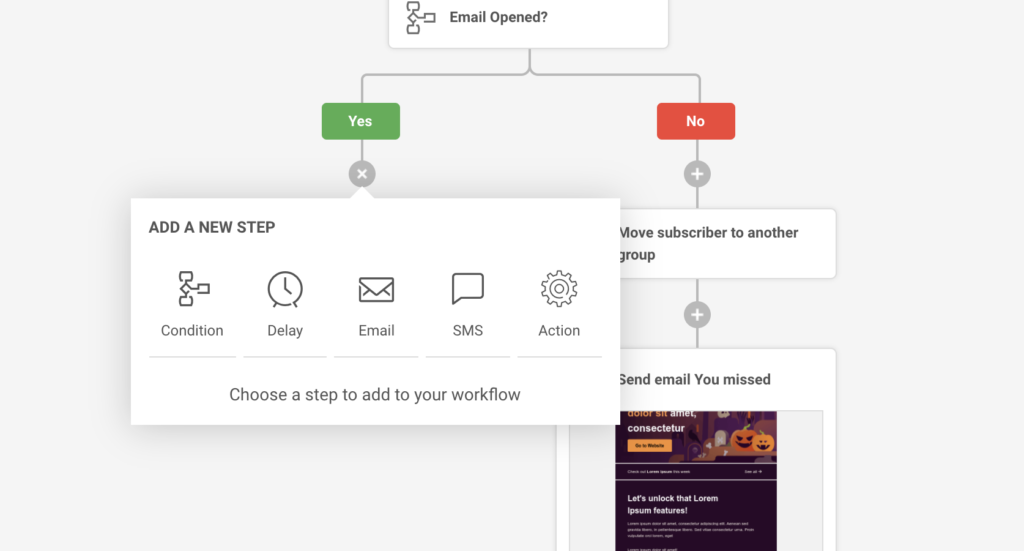
Also read:
- What is Customer Engagement? Definition, Importance
- 40+ Newsletter Popup Design Examples That Inspire
- What is an Advertising Campaign: Definition, Types & Examples
Sources:
- https://d1eipm3vz40hy0.cloudfront.net/pdf/cxtrends/cx-trends-2020-full-report.pdf
- https://www.csgi.com/wp-content/uploads/The-State-of-the-Customer-Experience-2023-Report.pdf
- https://www.deloittedigital.com/content/dam/deloittedigital/us/documents/offerings/offering-20200706-hub-trust-hx.pdf
- https://www.mckinsey.com/capabilities/growth-marketing-and-sales/our-insights/the-value-of-getting-personalization-right-or-wrong-is-multiplying
- https://antavo.com/wp-content/uploads/2022/12/Global-Customer-Loyalty-Report-2023-by-Antavo.pdf
- https://cxtrends.zendesk.com/?redirect=trends/trend-5
- https://go.emplifi.io/rs/284-ENW-442/images/Emplifi_Report_Consumer_Expectations_US_UK_EN.pdf
- https://success.qualtrics.com/rs/542-FMF-412/images/Global-Consumer-Trends-2023-US.pdf
